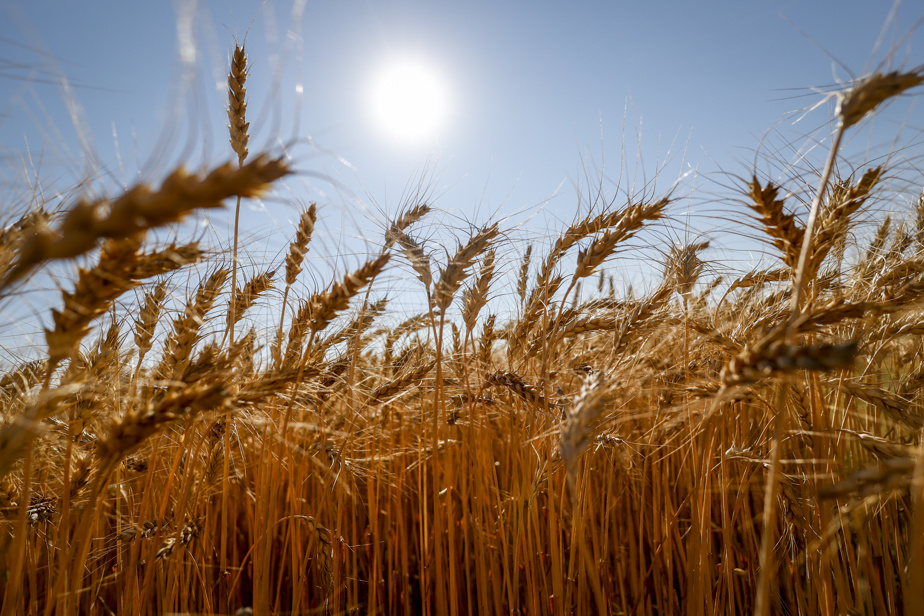(Paris) Heatwaves already rising under the influence of climate change could put the agricultural sector in “extreme danger” by 2045 in about 60 countries that account for nearly three-quarters of food production, according to an analysis published Thursday. .
“Heat stress,” which combines temperature levels with the difficulty of working outdoors in certain weather conditions, has already reached this level of “extreme danger” in 20 countries, including India, the global agricultural giant, according to the study. British risk analysis firm Verisk Maplecroft.
Future projections, based on a scenario of a warming of 2°C compared to the pre-industrial era from 2045, indicate that by this date, 64 countries, representing today 71% of global food production, will be affected by this “extreme risk”. .
Among them are the main agricultural producers – still India, but also China, Brazil and the United States.
“With rising global temperatures and heat stress, we will see production in more temperate countries affected,” said Will Nichols, director of climate and resilience at Verisk Maplecroft.
“There is a real concern that people in rural areas, which rely heavily on agriculture, will be more vulnerable to future warming,” Nichols said.
India, which accounts for 12% of global food production in 2020, is the only major agricultural power already in the “extreme risk” category, and as such relies heavily on an abundant agricultural workforce.
Therefore, extreme weather events can have consequences on productivity and indirectly affect the main economic balances of certain countries, leading to crises with potential consequences for social and political stability.
In projections to 2045, nine of the 10 most vulnerable countries are in Africa, including Ghana, the world’s second largest cocoa producer.
Among the 20 most threatened countries are major Asian rice producers, Cambodia, Thailand or Vietnam. The authors noted that many farmers in the latter country are already working at night in rice fields to avoid excessive heat.
In countries at risk, but with a large area, such as the United States or China, regions are affected differently.
Seven European countries are also among the ten with the highest relative increase in risk by 2045.



